
Recommendation
Michael Pollan details the broken American food supply chain. He highlights problematic policy choices that led to industry consolidation, unfair labor practices that create toxic working conditions and a commodity-based food economy that results in bad health for consumers. Pollan explains how the COVID-19 pandemic reveals inequities and trends that sustain a brittle marketplace and an unhealthy nation.
Summary
About the Author
The John S. and James L. Knight Professor of Journalism at UC Berkeley Michael Pollan also teaches at Harvard University. He wrote the bestsellers The Omnivore’s Dilemma and In Defense of Food.
By the same author
Article
Learners who read this summary also read
Book
Book
Book


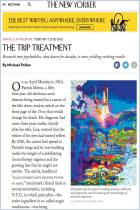
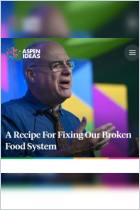
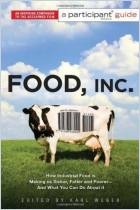
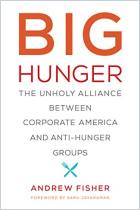

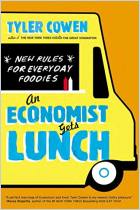
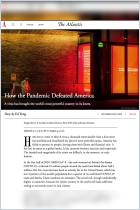


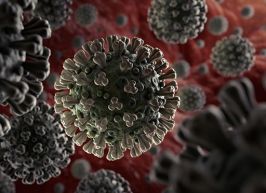

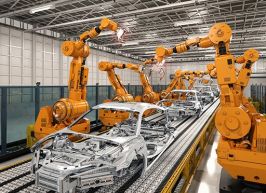


Comment on this summary